Innovation and creativity draft eloquent conceptions of design and spatial experience. Lumen presents a luminous shelter intertwined by Jenny Sabin Studio, based in New York. A stretchy masterpiece made of robotically strewn textile canopies at MoMA PS1 in Queens.
Lumen is a sustainable shelter, sprinkling mists by the day and glimmering at night. The design team inculcated recycled photo-luminescent textiles that imbue solar energy and yield luminosity. The ceremonious spectacle illumes in hues of blue, pink and purple, exhibiting an ecstatic ambience in its abode.
Sean Anderson, MoMA associate curator says “With innovative construction and design processes borne from a critical merging of technology and nature to precise attention to detail at every scale, Lumen will no doubt engage visitors from day to night in a series of graduated environments and experiences.”
A tangent of two cellular fabrics tangles across the courtyard digitally knitting a million yards of woven fibre. Lumen curates an abstract composition blended with holes and 250 slices drooping down as cylindrical tubes suspended beneath the canopy like frilled frocks. An integrated misting sprayer spurts water when visitors are near to cool the spaces during the blazing summers.
The entire fabric skin is held in tension within the walls of MoMA PS1’s courtyard. Sparkling in white, Lumen enchants visitors to interact with its ambient liveliness ensembled by temperature, sunlight, and movement. Three private seating spaces are integrated with tall black poles slicing the webbed surface to construct large holes in circular frames.
The openings in Lumen are wrapped in tensile rope extending in diagonals from the pole top to the floor. The designers also integrated a hundred recycled wooden spool stools to furnish the inside, and wrap in robotically woven fabrics.
About Jenny Sabin
Jenny E. Sabin is an architectural designer whose work is at the forefront of a new direction for 21st century architectural practice — one that investigates the intersections of architecture and science, and applies insights and theories from biology and mathematics to the design of material structures. Sabin is the Arthur L. and Isabel B. Wiesenberger Professor in Architecture and the Director of Graduate Studies in the Department of Architecture at Cornell University where she established a new advanced research degree in Matter Design Computation. She is principal of Jenny Sabin Studio, an experimental architectural design studio based in Ithaca and Director of the Sabin Design Lab at Cornell AAP, a trans-disciplinary design research lab with specialization in computational design, data visualization and digital fabrication.
In 2006, Sabin co-founded the Sabin+Jones LabStudio, a hybrid research and design unit, together with biologist, Peter Lloyd Jones. Sabin is also a founding member of the Nonlinear Systems Organization (NSO), a research group started by Cecil Balmond at PennDesign, where she was Senior Researcher and Director of Research.
Sabin’s collaborative research including bio-inspired adaptive materials and 3D geometric assemblies has been funded substantially by the National Science Foundation with applied projects commissioned by diverse clients including Nike Inc., Microsoft Research, Autodesk, the Cooper Hewitt Smithsonian Design Museum, MoMA & MoMA PS1, the Centre Pompidou, the American Philosophical Society Museum, the Museum of Craft and Design, the Philadelphia Redevelopment Authority and the Exploratorium.




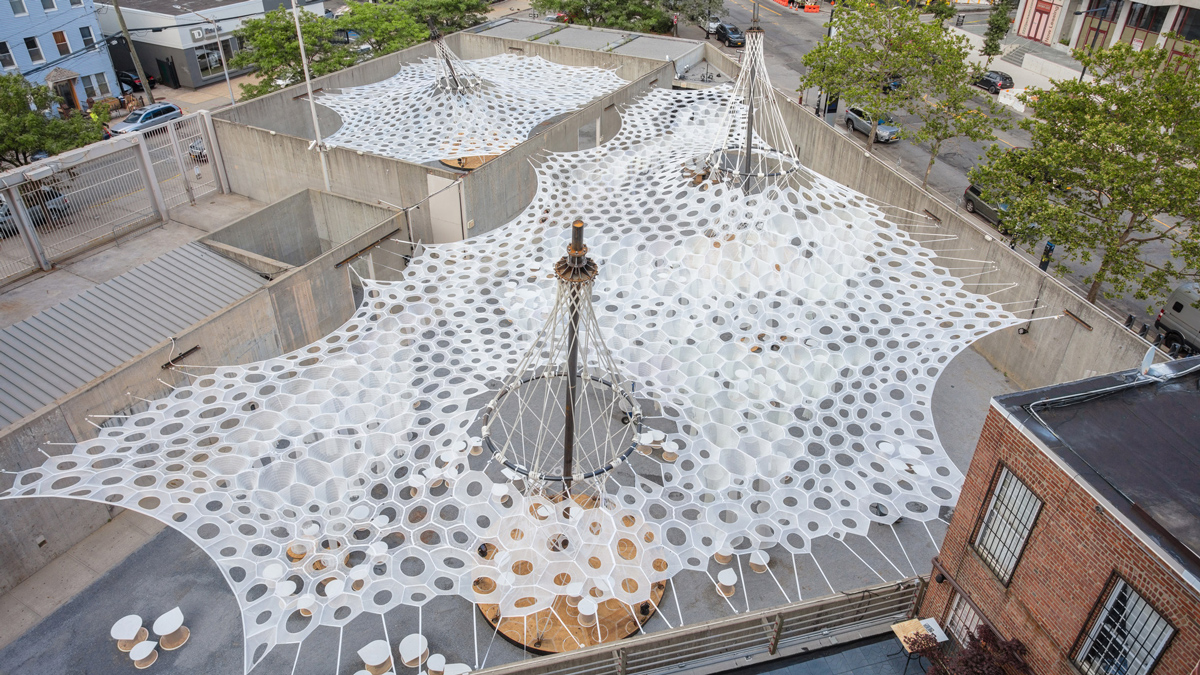
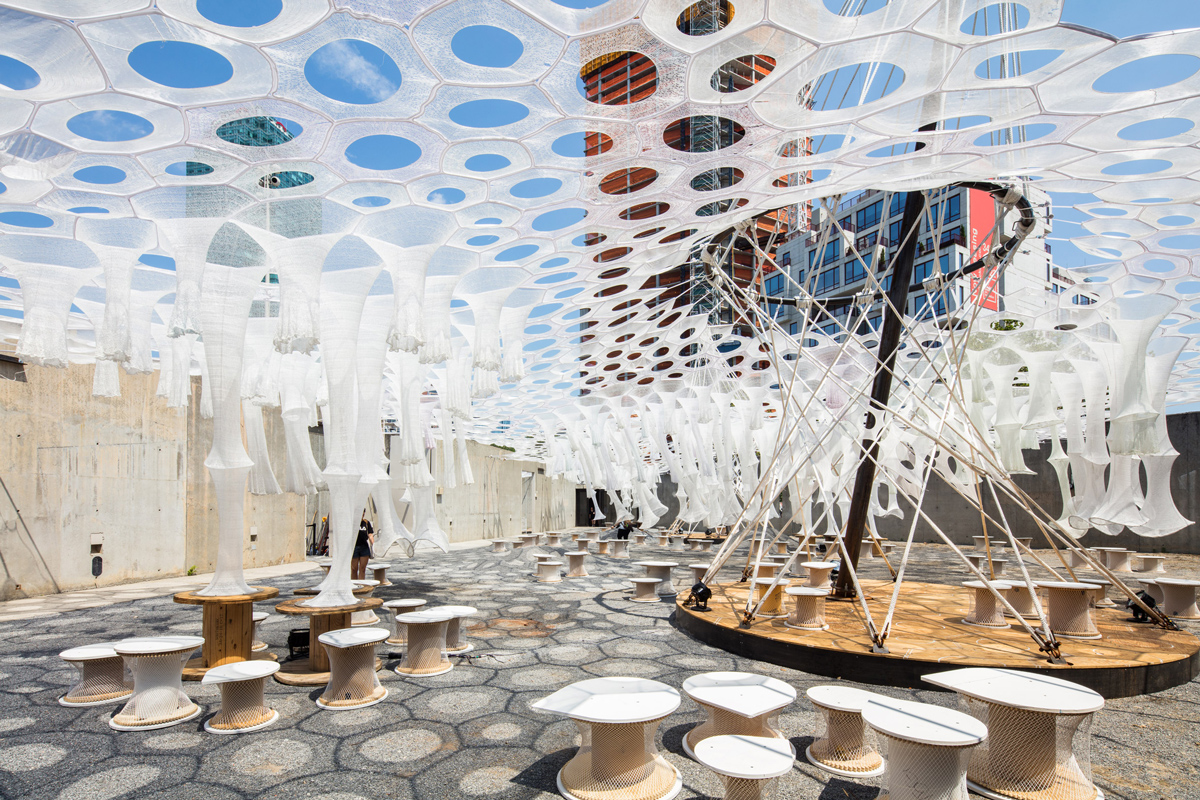
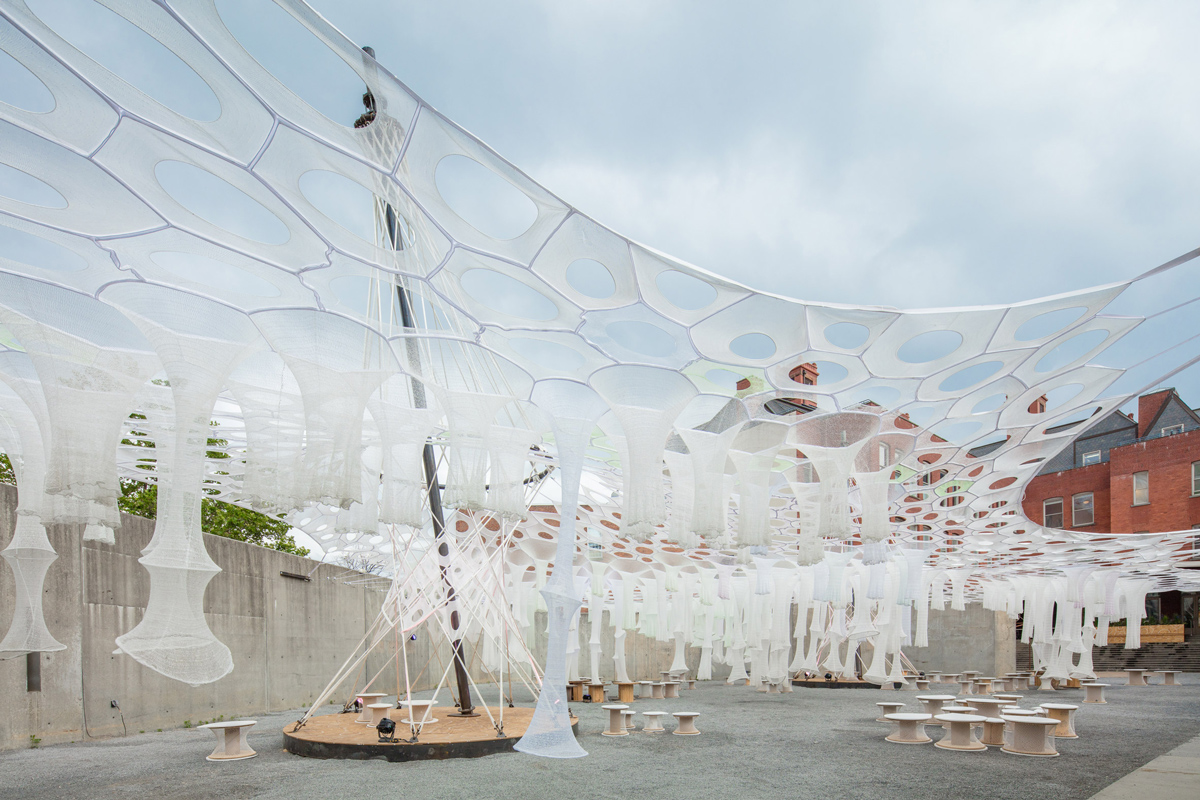
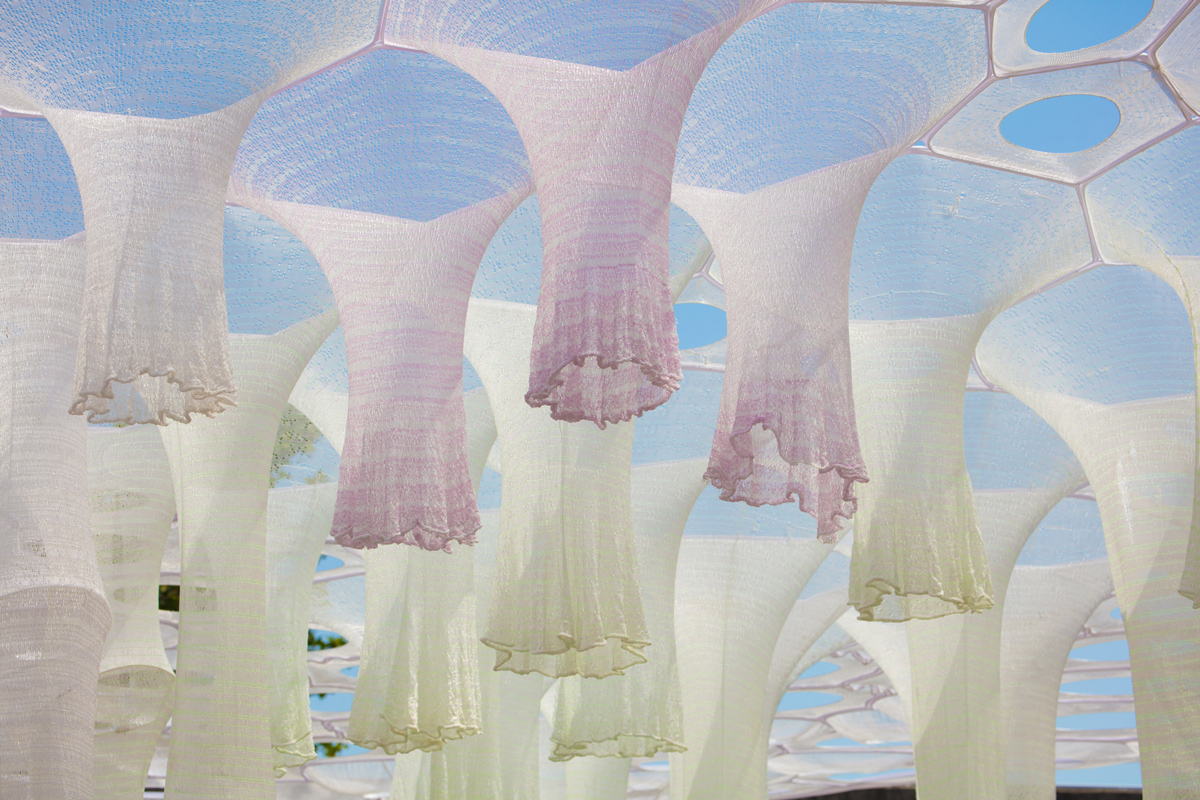
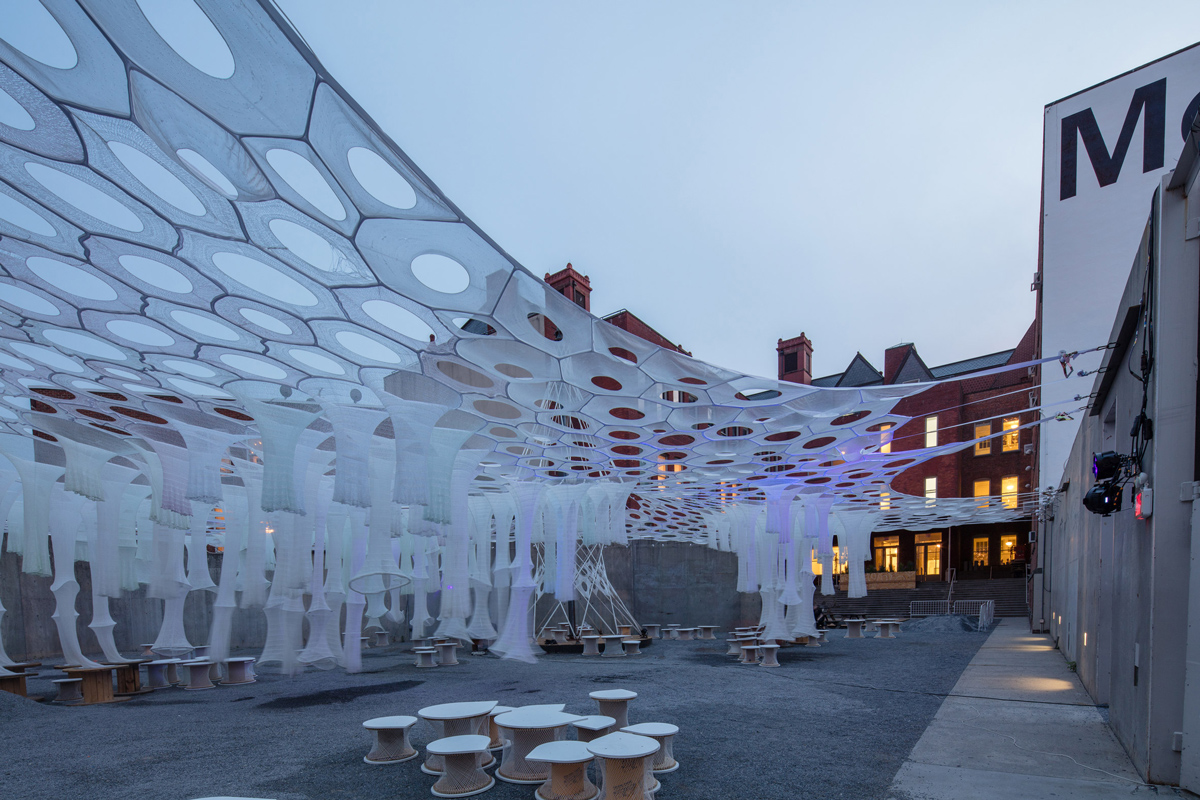

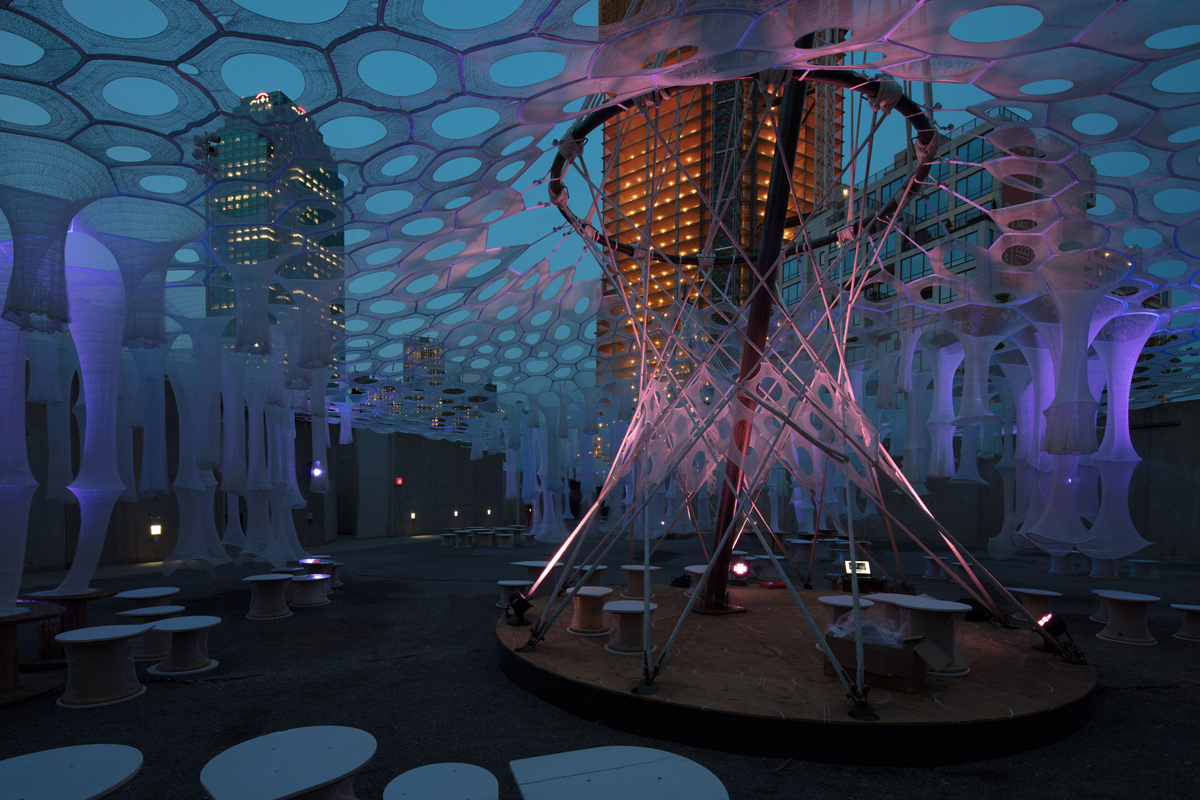
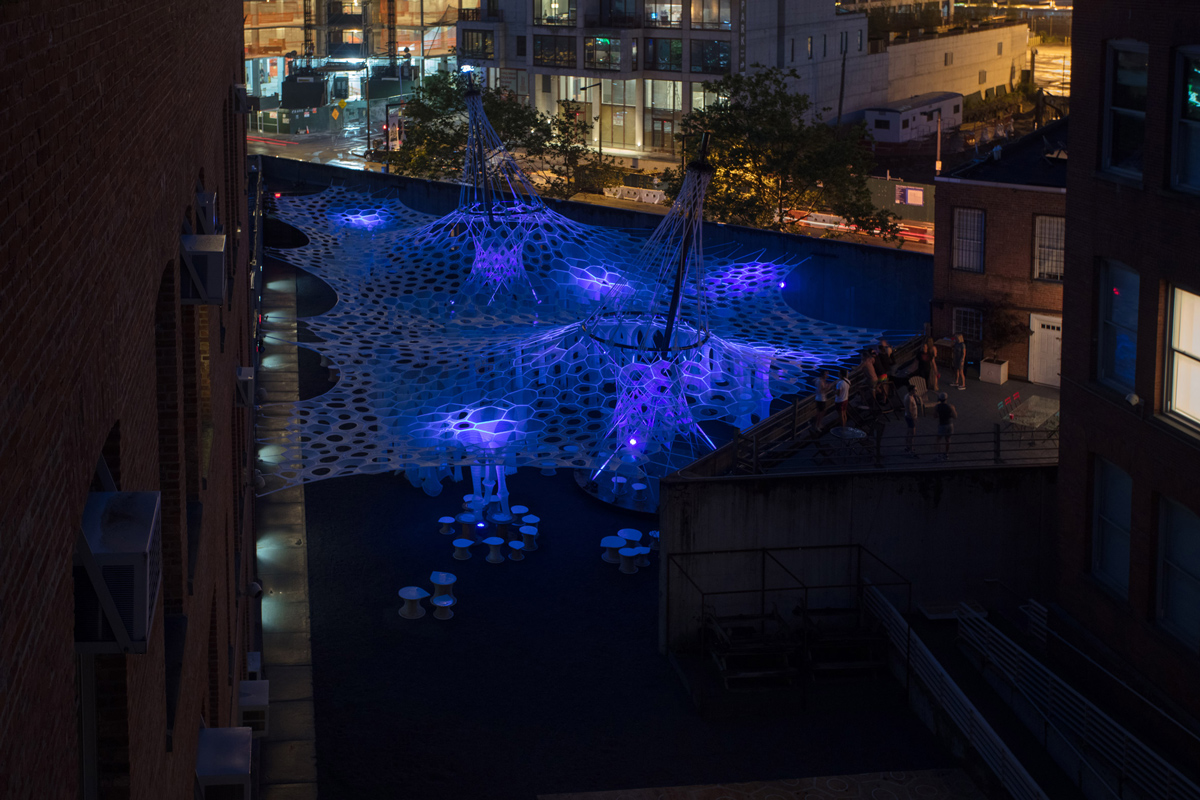
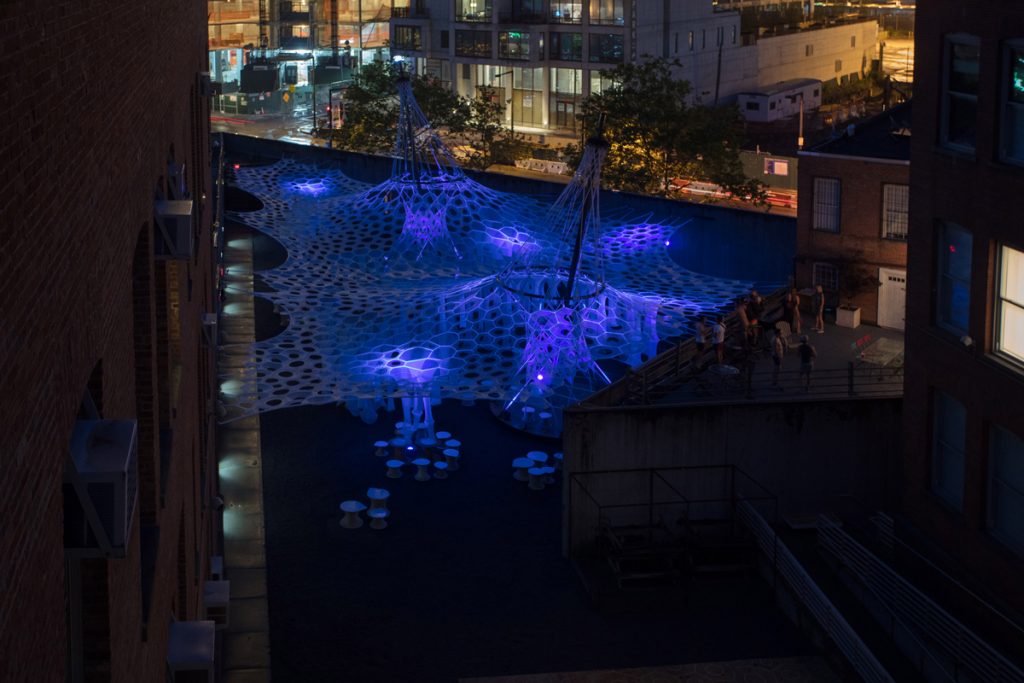
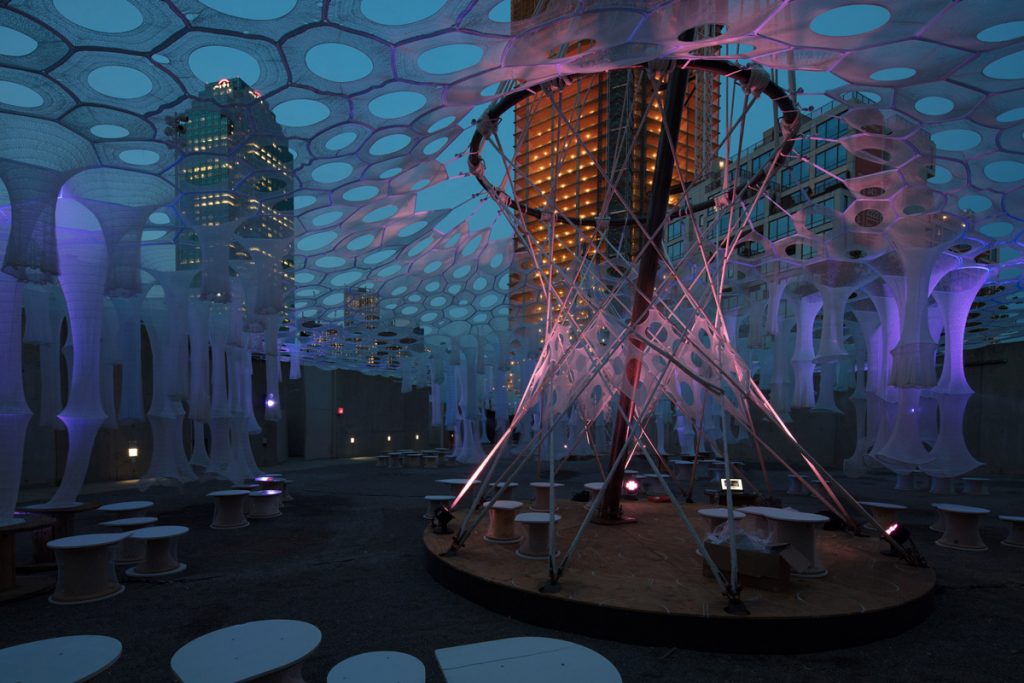
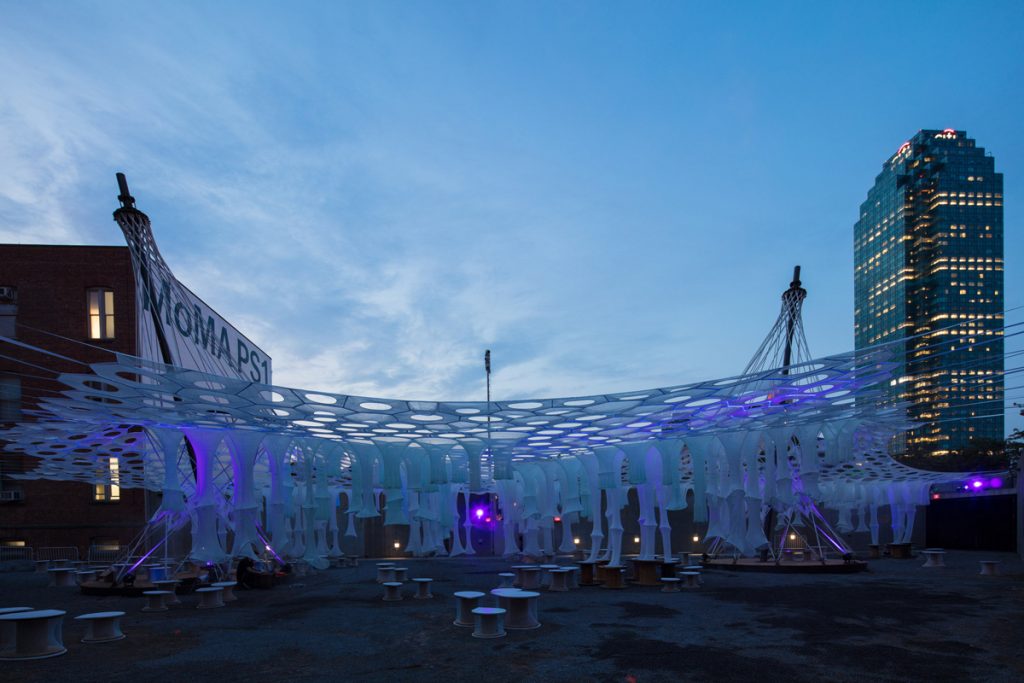
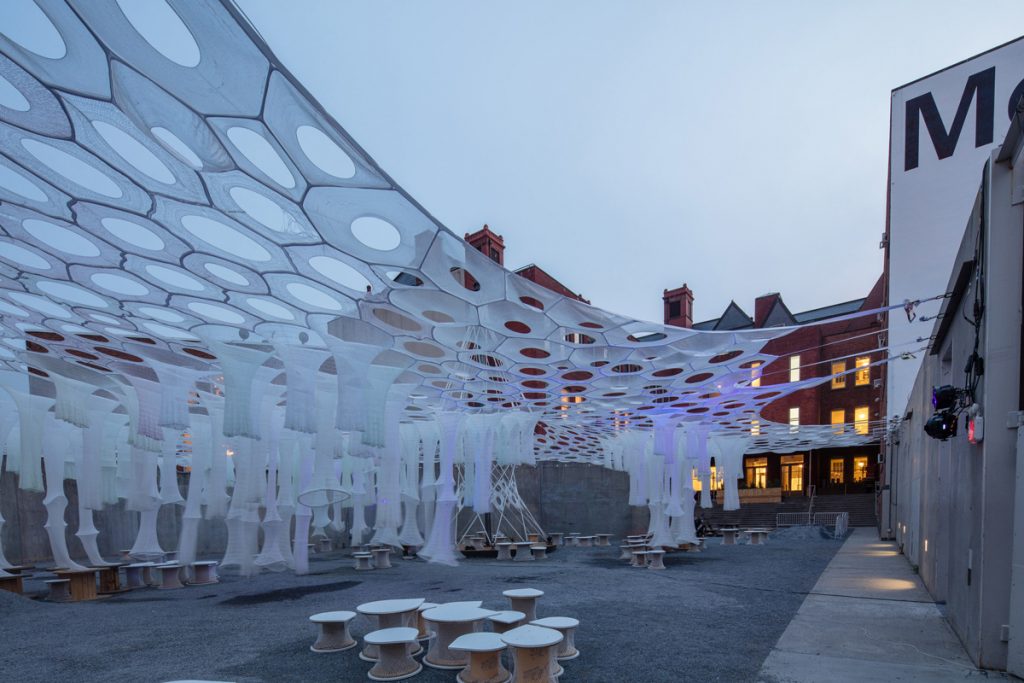
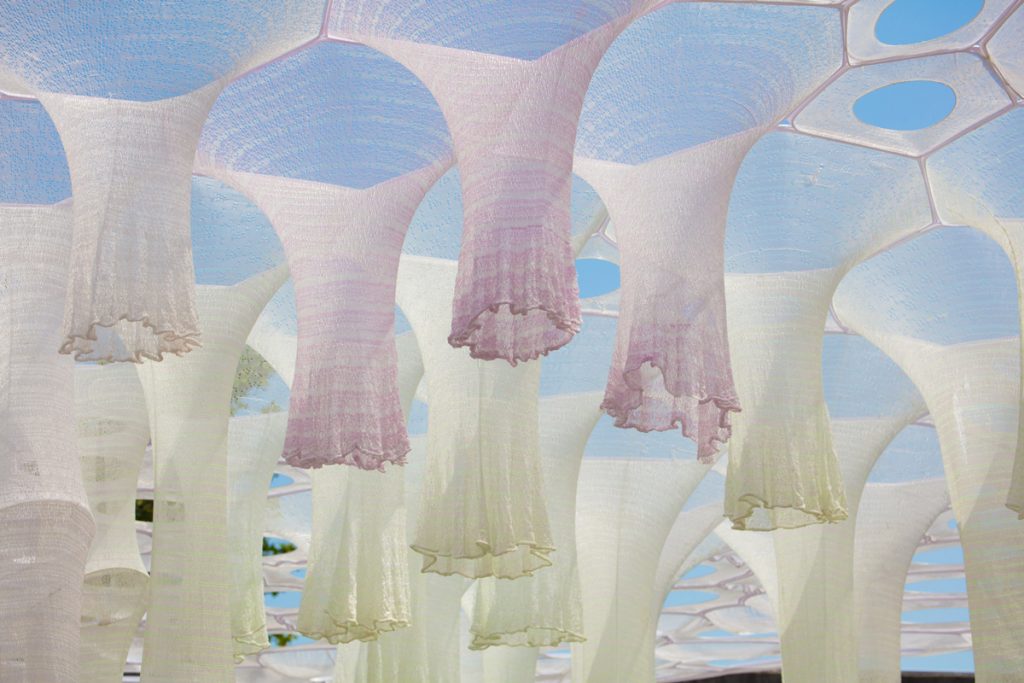
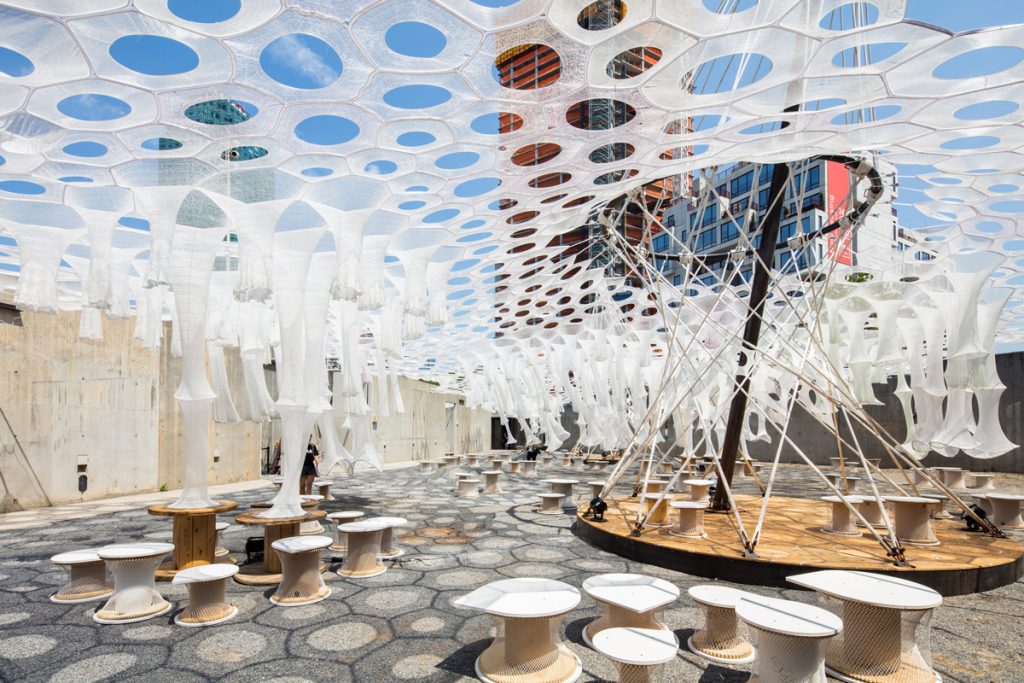
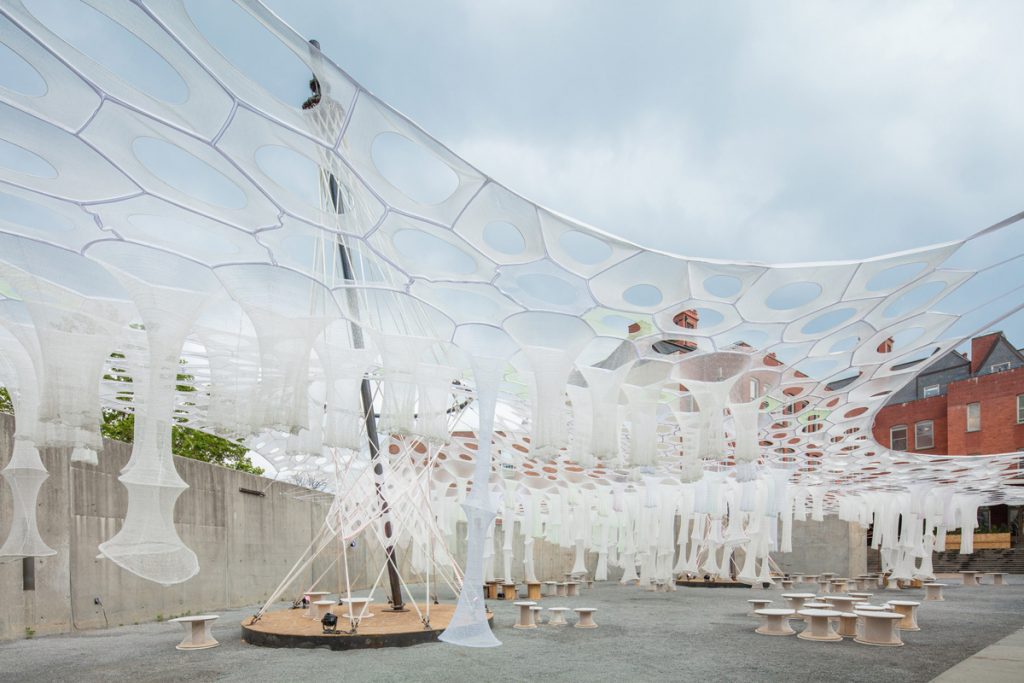

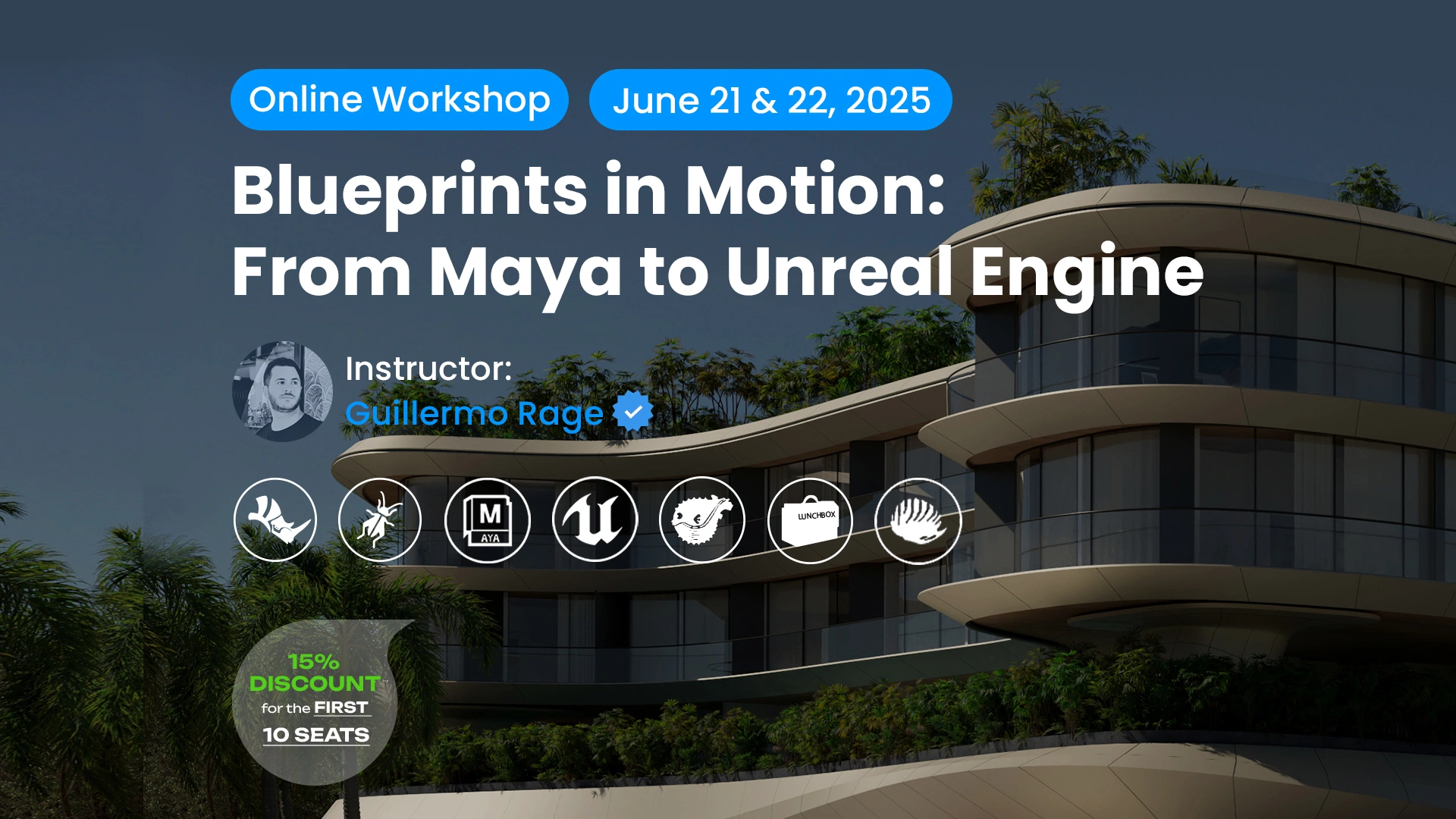


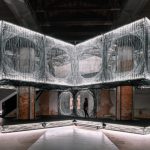









Leave a comment